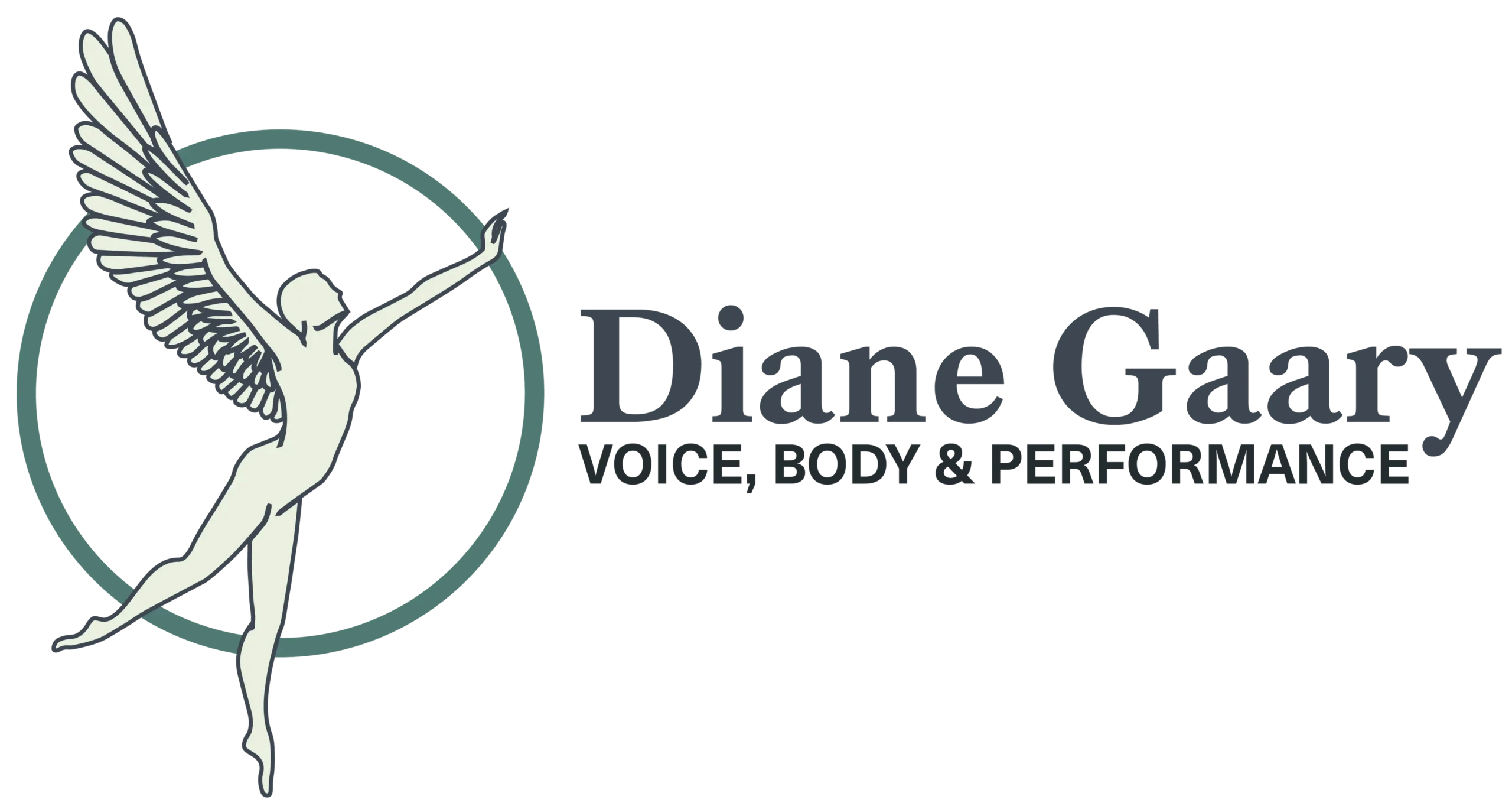Feldenkrais Method®
Dr. Moshé Feldenkrais, D.SC and his Method
Dr. Feldenkrais (1904-1984) was a nuclear physicist and engineer who had a 2nd degree black belt in judo. In the 1940s, Feldenkrais seriously injured his knee. When medical science could not cure his knee problems, Dr. Feldenkrais decided to help himself. He used scientific principles from physics, motor development, biomechanics, psychology, and martial arts to learn about his movement patterns and expand his movement possibilities. Through self-study, he restored his ability to walk and made revolutionary discoveries that became the basis of a somatic learning process called The Feldenkrais Method®.
The Feldenkrais Method® is based on the principles that the brain is the coordinator of movement and the brain and the nervous system are capable of learning throughout your lifetime. In Feldenkrais® lessons, your nervous system is encouraged to continue to learn in the organic experiential way in which you learned as an infant. The focus is on how the movements of your individual parts can interrelate in different ways. The Feldenkrais Method® gently explores these dynamic connections. Through carefully chosen movement sequences, your brain is encouraged to compare the movement choices available to you. As you become increasingly aware of how muscles work together and influence each other, your brain creates new patterns of coordination that integrate the function of individual parts with the function of the whole. The result is an enriched experience of your whole self in action, an increase in ease of movement, and a decrease in unnecessary muscular effort. The lessons are pleasurable, and the movements are easy to do. Through sensing, feeling, resting and moving, you learn how to replace old inefficient habits with new awareness and skill.
